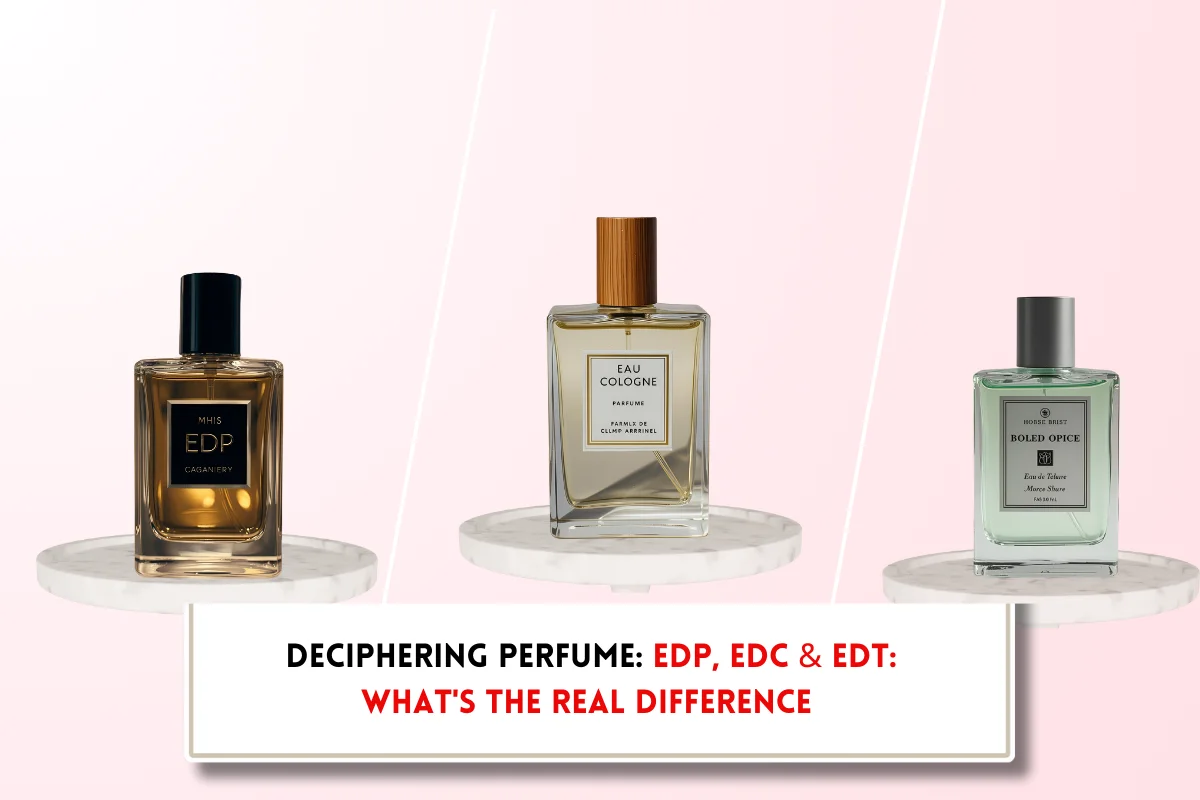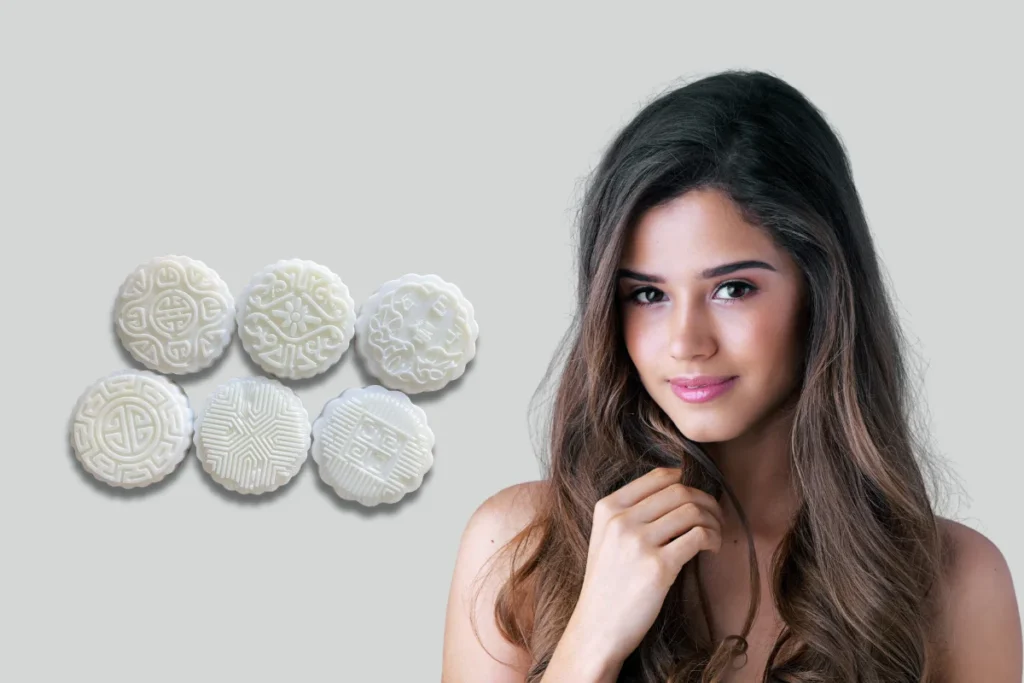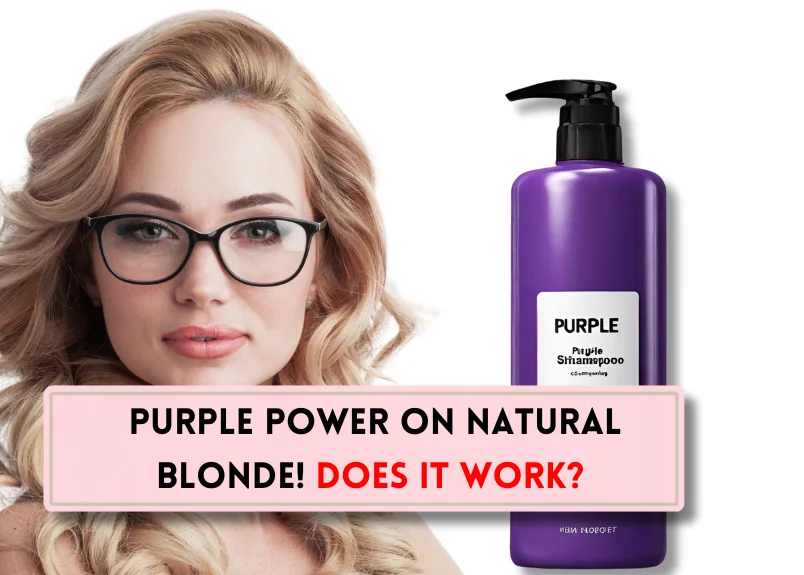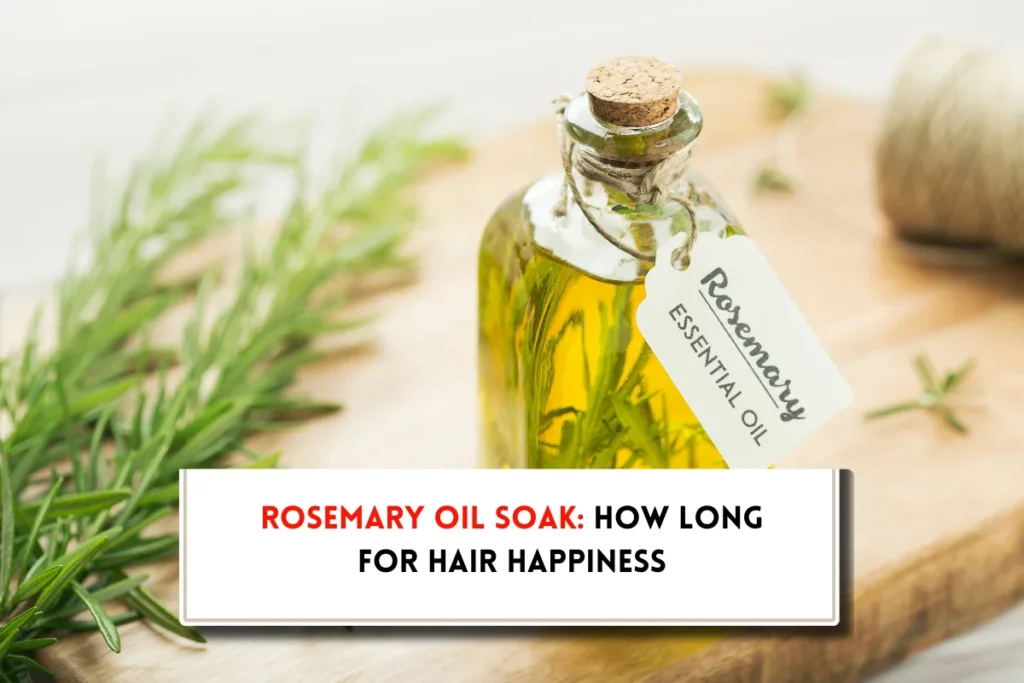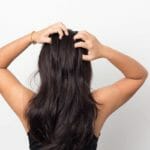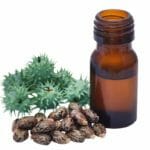Can hair color kill lice?
At BeautyCaters, our expert team independently curates every recommended product. Purchases through our links may earn us a commission. Explore our transparent selection process.
Can hair color kill lice? This question has puzzled many. While it might seem like an unusual solution, some theories and anecdotal evidence support its effectiveness. So, let’s delve into those theories and studies and see if hair color can truly be a lice-fighting hero.
- The chemical composition of hair dye
- How does hair coloring affect lice?
- Can hair color kill lice and nits?
- How to use hair dye to kill lice?
- Do hair dyes kill lice? Limitations and gaps in research
- Potential risks of hair color
- Why hair dye doesn’t kill lice?
- What are the alternative treatments to kill lice?
- How to prevent lice re-infestation?
- Final Word: Can hair color kill lice?
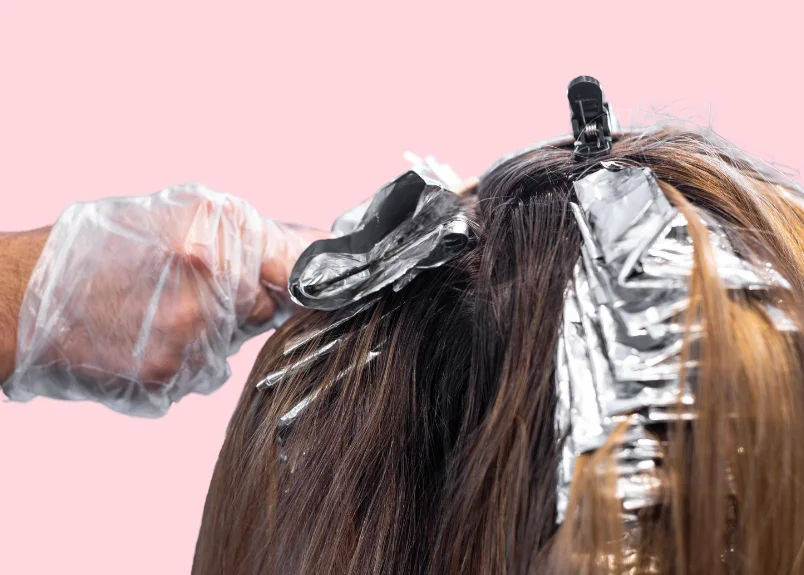
The chemical composition of hair dye
To understand how hair dye kills lice, it’s crucial to examine the chemical composition of hair dyes. Hair color contains a variety of ingredients that can alter the structure and color of hair.
Key ingredients in hair dye
- Ammonia: A common ingredient used to open the hair cuticle, allowing the dye to penetrate.
- Hydrogen peroxide: A bleaching agent that removes the hair’s natural color before the new color is applied.
- Coloring agents: Synthetic or natural pigments that provide the desired color.
How does hair coloring affect lice?
While scientific research is limited, anecdotal evidence suggests that hair dye can have a detrimental effect on lice. The chemicals present in hair dye, particularly ammonia and hydrogen peroxide, may be toxic to these insects.
- Ammonia: A common ingredient in hair dye, ammonia, is a corrosive substance with a strong odor. It can irritate the respiratory system and may be harmful to lice.
- Hydrogen Peroxide: Another component found in some hair dyes, hydrogen peroxide, has been shown to be effective against sea lice. While more research is needed to confirm its efficacy against head lice, it could potentially disrupt the lice’s life cycle.
Can hair color kill lice and nits?

- Egg survival: Unhatched nits, or lice eggs, are protected by a tough casing that hair dye cannot penetrate. Therefore, repeated treatments may be necessary to eliminate any newly hatched lice.
- Not a guaranteed solution: While hair dye can have an adverse effect on lice, it is not a guaranteed method for eradication. Combining hair dye with other lice treatments may be more effective.
Also Read: Can I mix semi-permanent hair color with developer?
How to use hair dye to kill lice?
While there have been anecdotal reports of using hair dye to combat lice, it’s essential to approach this method with caution.
Here’s a breakdown of the steps involved and important considerations:
- Physical removal: Begin by removing as many lice and nits as possible using a lice comb. Thoroughly clean the comb with hot water between uses.
- Prepare hair dye: Follow the manufacturer’s instructions to mix the hair dye in a well-ventilated area, as ammonia can be harmful to inhale.
- Thorough application: Apply the dye generously to the scalp, base of the neck, behind the ears, and coat the base of each hair.
- Processing time: Leave the dye on for the recommended time, then rinse thoroughly.
- Re-comb: Comb through your hair again with the lice comb to remove any remaining lice or nits.
- High heat drying: Drying your hair on a high heat setting may provide additional warmth, potentially aiding in the elimination of lice.
While some individuals have reported success using hair dye against lice, it’s crucial to approach this method with caution and consider the potential risks. It’s recommended to seek professional advice for effective and safe lice treatment and prevention.
Do hair dyes kill lice? Limitations and gaps in research
While anecdotal evidence suggests that hair dye may have a detrimental effect on lice, it’s important to approach this method with caution due to several limitations and potential risks.
Lack of scientific evidence:
- Limited research: There is a dearth of comprehensive scientific studies specifically investigating the use of hair dye as a lice treatment.
- Safety concerns: Existing studies raise concerns about the safety of applying these chemicals to the scalp, especially for children.
- Long-term effects: The long-term effects of using hair dye for lice treatment have not been thoroughly evaluated.
Potential risks of hair color
- Skin irritation and allergies: The chemicals in hair dye can be harsh and may cause skin irritation or allergic reactions.
- Scalp damage: Improper application or prolonged exposure can lead to scalp burns or damage to the hair shaft.
- Increased risk: Individuals with sensitive skin, broken skin, or open sores should avoid using hair dye due to the increased risk of adverse reactions.
Why hair dye doesn’t kill lice?
- Resilient insects: Head lice are remarkably resilient insects, capable of surviving various conditions. The chemicals in hair dye are simply not potent enough to eliminate these pests.
- Diverse formulations: With countless hair dye brands on the market, each using unique chemical compositions, it’s challenging to definitively assess their effectiveness against lice. These products are not designed or tested for their lice-killing properties.
- Limitations of medicated shampoos: Even medicated shampoos specifically formulated to kill lice often struggle to eliminate the lice eggs, known as nits. These eggs are firmly attached to the hair shaft and are protected by a tough casing that most topical products cannot penetrate.
What are the alternative treatments to kill lice?
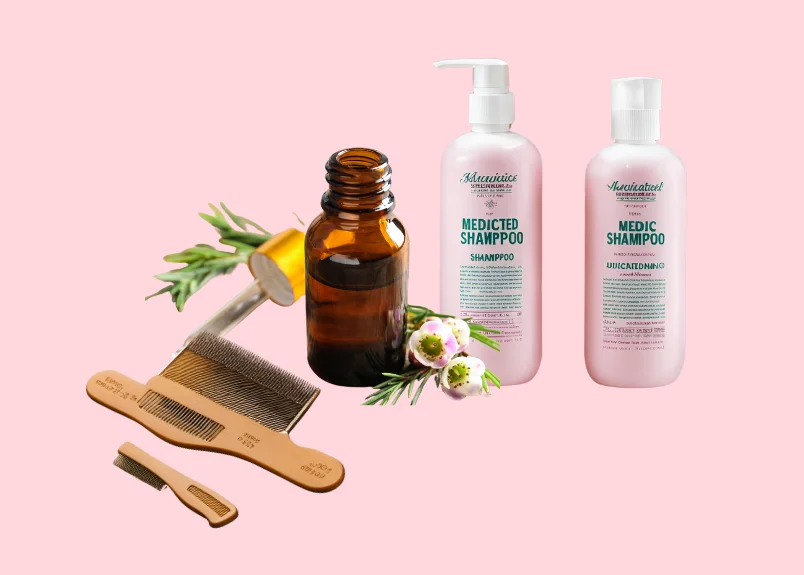
While traditional chemical treatments are often the first line of defense against lice, many people seek alternative, natural remedies. Here are some popular options:
- Plant-based oils:
- Tea tree oil: Known for its antibacterial and antifungal properties, tea tree oil can be diluted and applied to the scalp to suffocate lice.
- Coconut oil: Coconut oil is another natural option that can be used to smother lice.
- Essential oils: Essential oils like peppermint, lavender, and rosemary are believed to repel lice. Dilute these oils in a carrier oil and apply them to the scalp.
- Home remedies:
- Comb out lice: Regardless of the treatment method, it’s essential to physically remove lice and nits using a fine-toothed lice comb.
- Vinegar and hair dye: Some anecdotal evidence suggests that a combination of vinegar and certain hair dye chemicals may be effective against lice. However, it’s important to consult with a healthcare professional before trying this method due to potential risks.
- Olive oil or mayonnaise: Some individuals have reported success using olive oil or mayonnaise to suffocate lice. However, these methods require prolonged application and may not be effective for everyone.
- Professional treatment:
- Prescribed medications: If at-home remedies and over-the-counter treatments fail, consult a healthcare professional for prescription medications.
How to prevent lice re-infestation?
Once a lice infestation has been treated, it’s crucial to take preventive measures to avoid reinfection. Here are some effective strategies:
- Thorough cleaning:
- Launder items: Wash all bedding, clothing, and personal items that may have come into contact with lice in hot water with detergent.
- Vacuum and clean: Vacuum and clean your home thoroughly to remove any remaining lice or nits.
- Disinfect surfaces: Disinfect hard surfaces, such as furniture and floors, using a disinfectant cleaner.
- Personal hygiene:
- Avoid sharing: Teach children not to share personal items, such as combs, brushes, and hair accessories.
- Check hair regularly: Regularly check your hair and the hair of family members for signs of lice or nits.
- Avoid head-to-head contact: Minimize head-to-head contact with others, especially in crowded areas.
- Professional advice:
- Consult a doctor: If you have, concerns about lice prevention or re-infestation, consult with a healthcare professional for guidance.
Final Word: Can hair color kill lice?
While hair color products can sometimes suffocate lice, they’re not a guaranteed solution. For effective lice removal, it’s essential to combine hair color with a dedicated lice treatment product. These products are specifically formulated to kill lice and their eggs, ensuring complete eradication. Additionally, following proper lice treatment procedures, such as washing bedding and clothing in hot water, is crucial to prevent reinfection.


